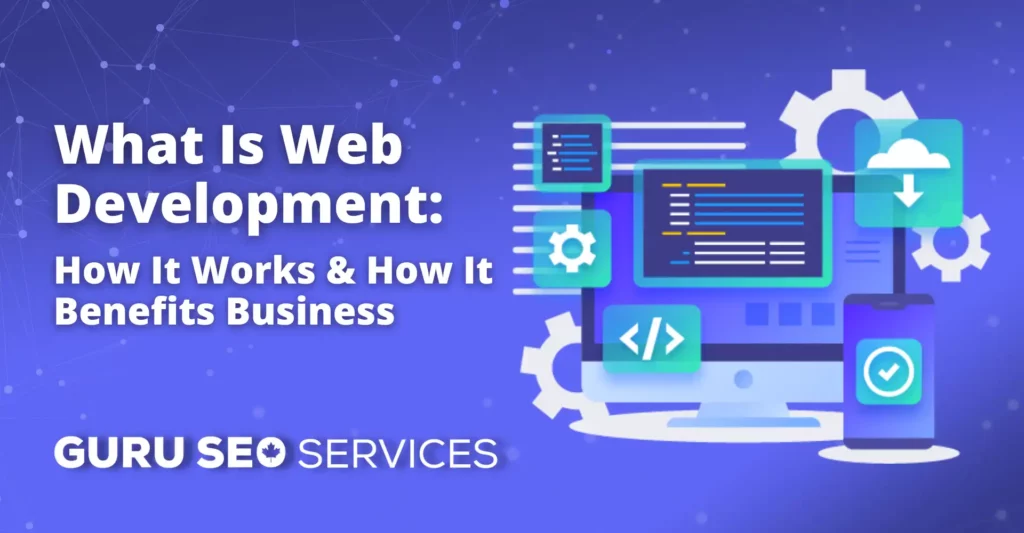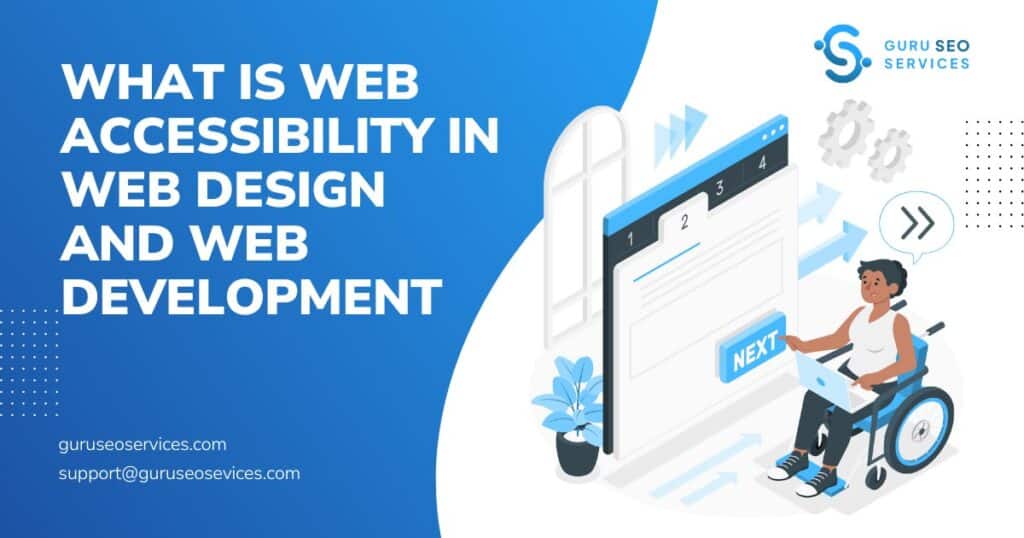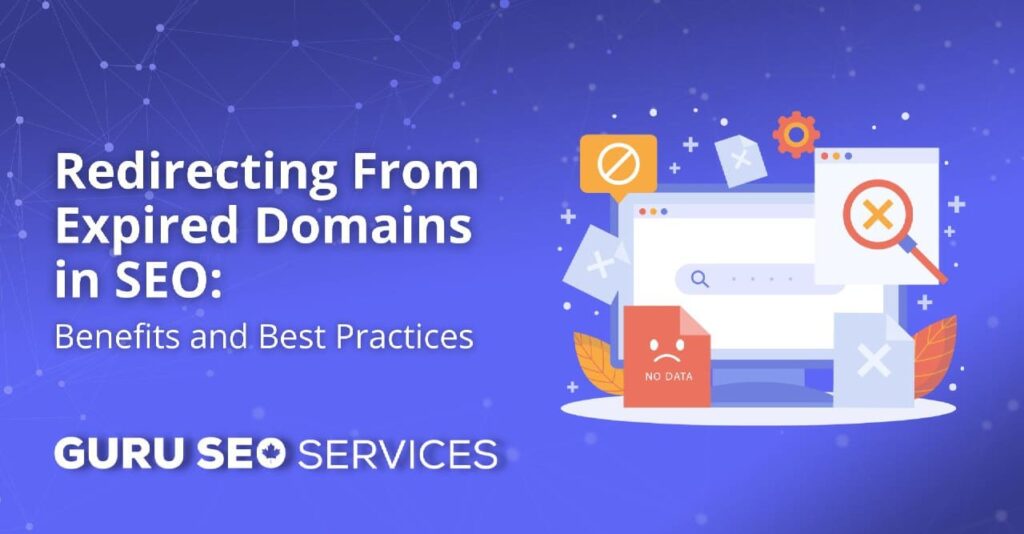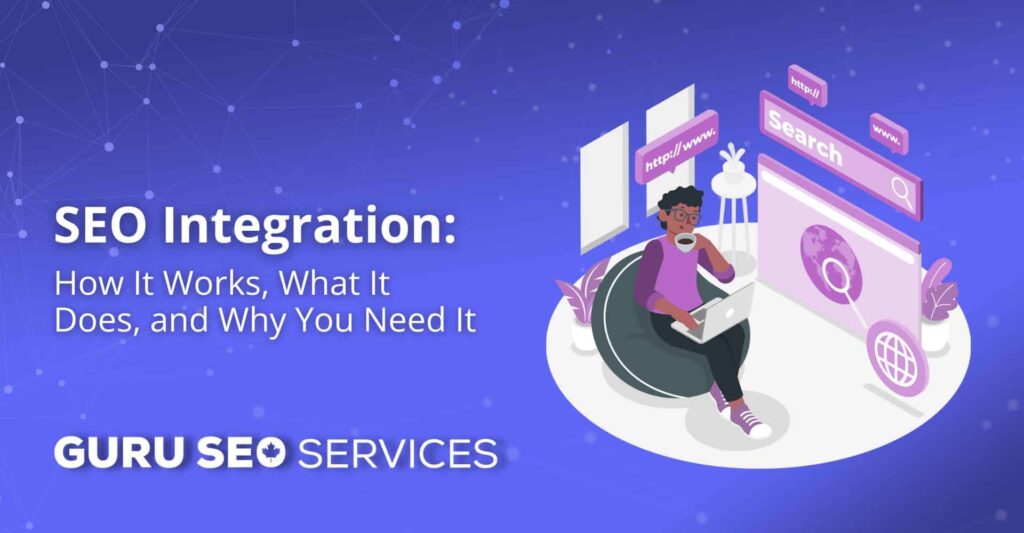What is web development and how is it different from web design? Who does web development and do I need to hire a professional to do my website?
If you’ve questions – we have the answers! Stick with us as we go through what is web development, the types to know, and the benefits to reap.
What Is Web Development?
First, let’s answer the question we’re all here for – What is web development? Web development is a term that refers to creating, building, and maintaining websites. Some aspects of web development include design, publishing, programming, and database management.
Essentially, web development will encompass every task necessary to ensure a website is built and running smoothly. The process often includes the following:
- Planning: Before any technical work can be done, a developer has to understand what their client wants and needs. They should discuss target audiences and goals to ensure the development plan works.
- Mapping: Once the plan is in place, a developer will begin creating a sitemap, outlining the website’s pages and the relationships between them.
- Design: Usually, the design process is led by a graphic designer and it focuses on the site’s aesthetic and overall look.
- Coding: When coding, a web developer has to take into account the plans, sitemap, and design elements that go into the website.
- Review: Before launching a site, a web developer has to test it and review it to ensure the site’s functional and operational.
- Launch: The website comes to fruition at the launch as it’s uploaded to a server and becomes visible on the internet.
Types of Web Development
Another factor that goes into answering the question of What is web development is the types that exist. Since there’s so much that goes into creating a website, the development is often split into two parts: front-end and back-end.
Front-End Development
Front-end development deals with the client-facing side of the website. It refers to the portion of the site, app, or any digital product that users see and interact with. That means that front-end developers are responsible for the way a digital product, in this case, a website, looks and feels. That’s why front-end developers are often referred to as web designers.
Front-end development focuses on translating web design and visual ideas into code, bridging design and technology.
Using code languages like HTML, CSS, and JavaScript, front-end developers take care of layout, design, and interactivity. All the drop-down menus, text, and visuals are brought together by front-end devs.
Back-End Development
While the front end focuses on how the digital product looks, the back end is responsible for everything back-end development means creating the framework of a website. From then on, the back end deals with maintenance, overall performance, database interactions, user authentication, user, network, and hosting configuration.
Working server-side, or behind the scenes, the back end deals with systems and structures that allow digital products to perform as desired.
The primary responsibility of a back-end developer is to ensure that the site is functional, responsive, and fast. Typically, these developers will use server-side programming languages like Python, Ruby on Rails, and PHP as well as tools like Git and MySQL.
Full-Stack Development
Now, in addition to front and back-end development, there’s also something called full-stack. Full-stack development essentially encompasses all the tasks and responsibilities that we’ve mentioned thus far.
A full-stack developer is someone who truly understands a wide variety of programming languages. They are typically generalists, which allows them to often settle into a leadership role. Full-stack developers are in demand now more than ever and it’s the fourth most in-demand job in tech.
Web Development vs. Software Development
Web development and software development have some overlapping skills, which is why they often get mixed up. However, the main difference between the two is that they work with different programs.
For example, where web development would focus on the task of creating a website, software development would focus on computer programs. Among the tasks software developers often have to do are designing, upgrading, and maintaining specific software.
Benefits of Web Development
We can’t truly answer the question of what is web development without talking about the benefits it brings. If you’re a business owner still considering creating a website or upgrading your old one, there’s a lot to consider. First off, 75% of today’s consumers judge a company’s credibility based on its web design. Not only that, but 88% of online consumers are less likely to return to a site after a bad experience.
Considering it takes only about 50 milliseconds for a user to form an opinion about a site, it’s a big responsibility. And in today’s digital world, not having a site is what could make or break your business.
So now that you have the stats, let’s take a look at some other benefits of web development.
Ease of Navigation
The purpose of web development is to introduce simplicity and flexibility into a website. That means making sure end users can easily find what they’re looking for. A well-structured website can ease the navigation process, thus leaving a good first impression.
SEO-Friendly Website
Nowadays, Search Engine Optimization (SEO) and web development pretty much go hand in hand. By creating a site that’s user-friendly, has lots of helpful and easy-to-read information, and well-thought-out graphics, you can rank it pretty high. The ranking and the traffic your website receives will depend on seamless UX and UI structure, meaning the back end and front end have to be working in harmony.
Functionality With Style
With web development, you can build an exceptional, yet functional website with compelling visuals and an incredible presentation. What’s more, you can incorporate proper security, accessibility, and interactivity features that reflect your brand.
Boosting Sales and Revenue
A well-structured and designed website is one of the most powerful tools when it comes to increasing sales and revenue. It enables a brand to enhance its traffic, drive more leads, and have a greater Return on Investment (ROI).
By having services and product pages that are eye-catching, companies can grab customers’ attention and compel them to stay on the website and explore. What’s more, websites can use their site to track visitor activities. Having that kind of information can greatly help identify potential mistakes or missed opportunities and improve the customer journey.
Attracting Customers
Even if a business is doing well, every company will experience customer turnover. To encourage new visits from customers and clients, brands need something to make them stand out. And a well-ranked website on Google or other search engines will do just that.
Ranking on Google is a matter of SEO, outreach, link-building, and keyword research. Combining different strategies and approaches is the only way to ensure a top spot.
Mobile-Friendly, Responsive, and Fast
Having a beautifully crafted website doesn’t mean much if the site isn’t working or loading properly. Not only that but having a website work across all platforms and be mobile-friendly is going to be crucial.
Just to put things in perspective, 57% of internet users won’t recommend a business with a poorly designed website on mobile. On the other hand, 88% of consumers who look up businesses on mobile will call or visit that business within 24 hours. So not having a mobile-friendly and responsive site could potentially lose a lot of business.
While implementing their strategy, speed and a mobile-friendly approach are among the developers’ top priorities.
To Sum Up: What Is Web Development?
Hopefully, we’ve answered the question of what is web development and how the process looks. As you can see, it’s a complex albeit extremely rewarding process that can truly make or break a business.
To ensure you’re reaping all the benefits of web development, you should always call in the pros. Having a team of developers work on your website can take it and your business to new heights.
How Guru SEO Services Can Help
If you want a beautiful, responsive website that will get you traffic, and help you rank on Google – Guru SEO Services is the place to call. We have worked with clients from various different industries to develop amazing custom websites that perfectly fit their needs.
When you schedule a free digital marketing assessment with us, we can show you exactly how our website converts traffic into revenue. We can also create a competitive SEO and marketing strategy to promote your brand and leave a lasting impression on customers.
Don’t wait any longer for your website to start making you money. Call Guru SEO Services today and see firsthand how we can take your business to the next level!









